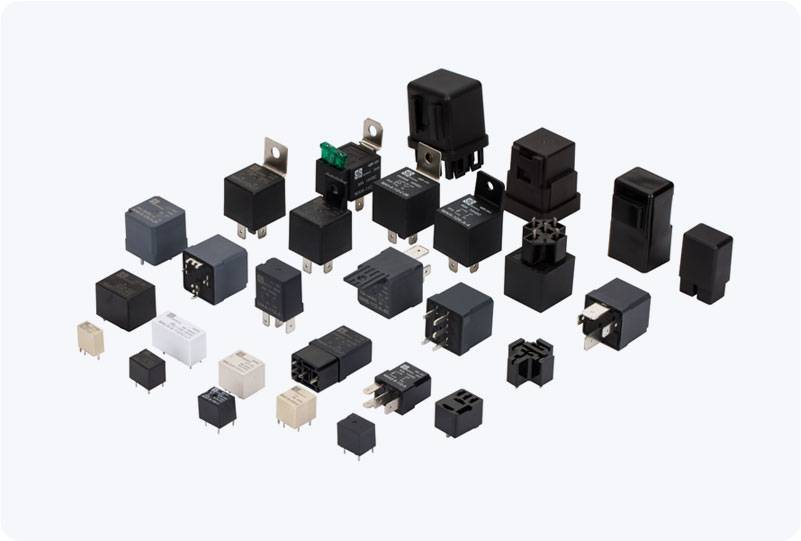A 30A high-power relay is an essential electrical component used in various industrial and consumer applications to control high-current circuits with a low-power signal. As its name suggests, the 30A relay is designed to handle up to 30 amperes of electrical current, making it ideal for high-power equipment like motors, heating systems, and large appliances. These relays play a crucial role in automation systems, automotive electronics, and even home appliances, where controlling high-power devices is necessary while using low-power control signals. This article delves into the features, working principle, applications, and importance of the 30A high-power relay.

What is a 30A High-Power Relay? A relay is an electrically operated switch that uses an electromagnet to open or close a set of contacts, enabling it to control a high-current circuit with a much lower-power signal. The 30A high-power relay specifically refers to a relay that can handle up to 30 amperes of current. It is designed to manage heavy-duty electrical loads while allowing for precise control and operation in various electrical systems. The 30A high-power relay typically consists of a coil, a set of contacts, and a spring mechanism. The coil, when energized, generates a magnetic field that moves the armature, which in turn opens or closes the contacts. Once the coil is de-energized, the spring returns the armature and resets the contacts to their original state.
Leave a Reply